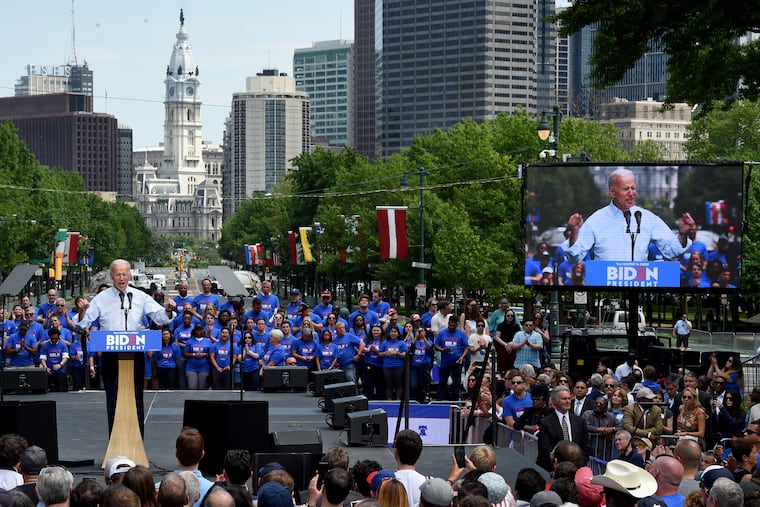Pennsylvania looks a lot like America. How come it doesn’t have a bigger say in the 2020 primary?
If you wanted a good measuring stick for a presidential campaign, Pennsylvania has a lot to offer. So should the state have a bigger say in the nominating contests?
